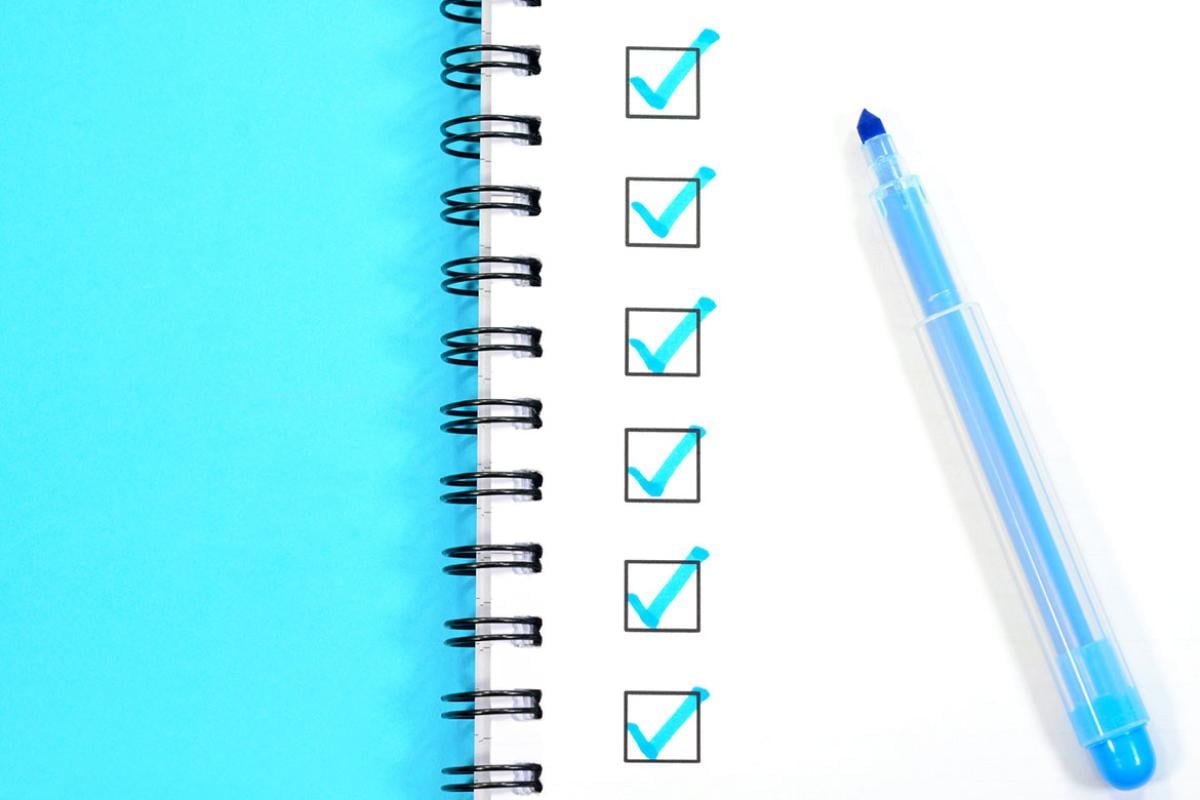Medical students, residents and physicians submitted more than 100 business ideas as part of the AMA Healthier Nation Innovation Challenge. One winner provides a health information technology (IT) solution that improves communication between paramedics and emergency departments (EDs), and another helps physicians detect eye disease earlier in the process. Since landing top spots in the AMA contest, the physicians helping to lead these companies have continued to push their medical innovations forward in the marketplace.
First place-winner Twiage was honored for its smartphone app, which aims to save lives and bridge communication gaps in health care. The app allows emergency medical services (EMS) to accelerate handoffs and pre-registration at the hospital, submitting patient identification information, EKG results, photos and more with the tap of a button. Hospitals using the HIPAA-compliant platform have cut radio calls by 95 percent and improved turnaround times by 65 percent.
Another winner, Ceeable was recognized for its mobile digital health technology used to detect and diagnose eye disease, including glaucoma and age-related macular degeneration. Since winning top prizes in the AMA contest, Twiage and Ceeable have continued to enhance and develop their technology to improve efficiency in patient care.
Solving the communication gap
Since its contest win, 11 health systems covering 25 hospitals in seven states have signed up to use the Twiage technology. More than 100 EMS agencies have also enlisted the use of Twiage’s services to improve communication and patient care.
“Twiage is powering approximately 6,000 EMS transports every month,” YiDing Yu, MD, a practicing internist and founder of Twiage, and John Hui, co-founder and CEO, said in a joint interview published in the AMA Physician Innovation Network.
“Winning the AMA Innovation Challenge gave Twiage great credibility to prospective physician and hospital clients,” they added.
Each year, 19 million ambulances arrive at EDs in the United States, but paramedics and hospitals across the country still rely on radio transmissions over public channels that are often filled with static and interference. This is the No. 1 cause of delays in treatment in EDs today. The company’s technology aims to solve the miscommunication between EDs and paramedics.
During a health care hackathon, working with an EMT, Dr. Yu realized this lack of efficient communication between paramedics and hospitals.
“We started to validate [this] idea by pitching various hospitals and participating in startup accelerators like Blueprint Health, MassChallenge and Village Captial,” said Dr. Yu and Hui. “It was a lot of hard work since the beginning.”
South Shore Hospital in Massachusetts was the first to pilot Twiage’s solution and achieved great success. The Valley Hospital and St. Joseph’s Regional Medical Center in New Jersey were next to pilot Twiage in their facilities.
“We have learned that being a successful entrepreneur requires tremendous perseverance, adaptability and patience,” Dr. Yu and Hui said. “It is very important to have a great team.”
Twiage’s goal for 2018 is to triple its customers and raise a series A round of funding.
Advancing eye disease diagnosis
Since the AMA competition, Ceeable has completed a “physician-friendly software interface for performing the digital test for detecting retina and optic nerve diseases,” said Cynthia Matossian, MD—an ophthalmologist and owner, CEO and medical director of Matossian Eye Associates—and Chris Adams, co-founder and CEO of Ceeable, in a joint interview published at the Physician Innovation Network blog.
“The innovation challenge was very helpful in bringing additional focus to our clinical story,” said Dr. Matossian and Adams. “It added further credibility to our product.”
Ceeable was able to perform a test in-office for all patient data and office management functions. All information was securely stored in the cloud and accessible by the physician or health care organization from any web-enabled device. The service is also HIPAA-compliant and protected by high-grade encryption.
“Proceeds from the competition were used to create a physician-friendly software interface and to better understand some of the complexities of patient management,” they said.
Through Ceeable’s mobile digital health technology, physicians can detect the early onset of glaucoma and macular degeneration before it is apparent in standard testing devices. And because the technology is flexible, light and can be performed anywhere in the world at a low cost, it opens the opportunity for use in urban and rural clinics by general practitioners and at optometry locations.
Dr. Matossian and Adams said they are “in active sales-and-marketing mode to bring this innovative technology to patients and doctors worldwide.”
To ensure new digital health solutions facilitate effective care and relationships between patients and physicians, the AMA brings the physician voice to innovators and entrepreneurs. By recognizing the key challenges physicians face when implementing health IT and the increase of direct-to-consumer digital health apps, the AMA aims to help physicians navigate and maximize technology for improved patient care and professional satisfaction.
The AMA is focused on influencing health IT with the goal of enhancing patient-centered care, improving health outcomes and accelerating progress in health care.
- Platform helps physicians, entrepreneurs meet their match
- Developing health IT? Involve physicians from the start
- AMA competition recognizes 3 health care technology innovations
- Physicians (finally) get a say in tech development




